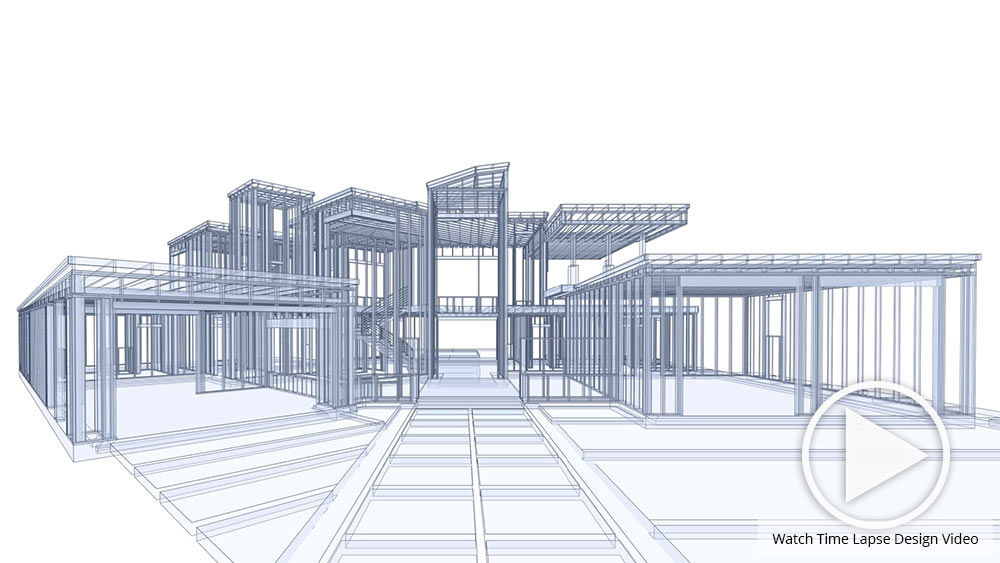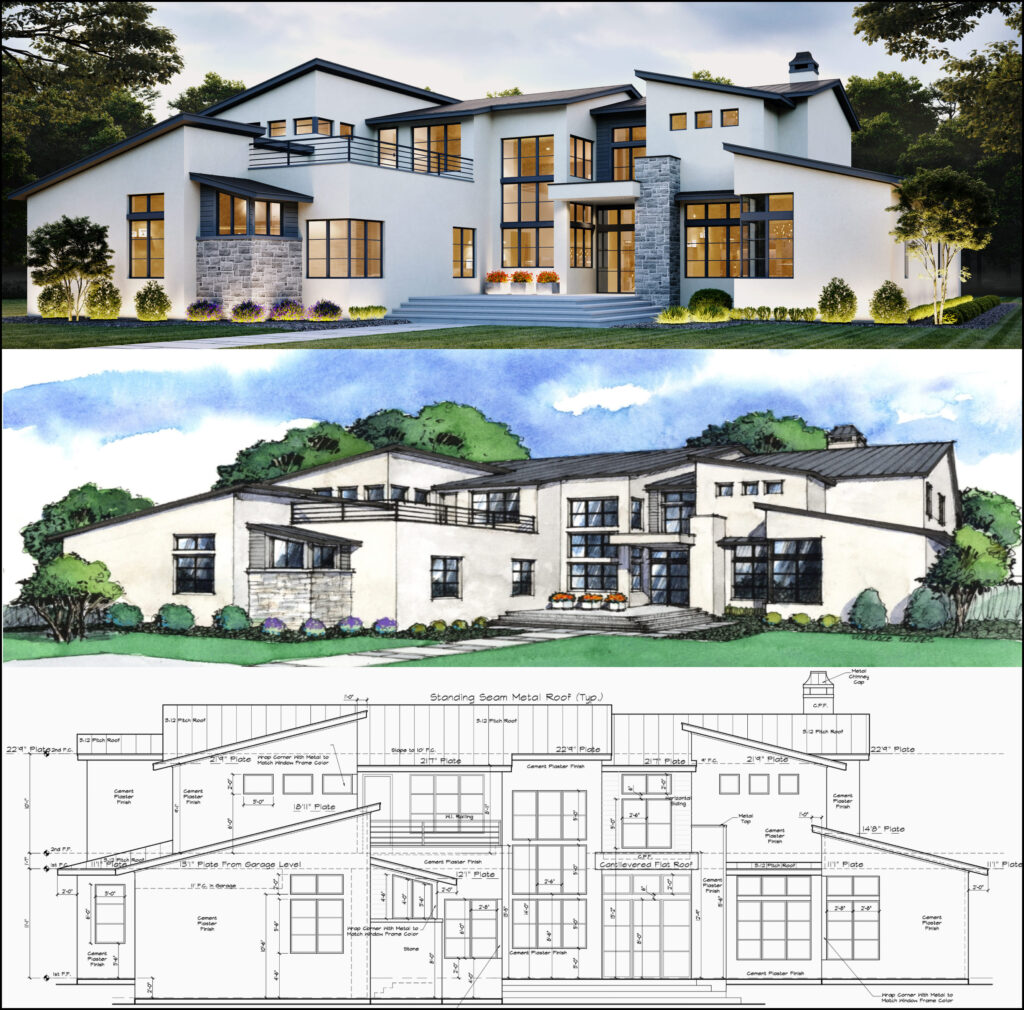How CDA Architects Integrate Creative Thinking and Capability in Modern Style
How CDA Architects Integrate Creative Thinking and Capability in Modern Style
Blog Article
An Extensive Review of Architectural Designs and Their Influence on Modern City Planning and Growth
Building styles have actually long acted as a mirror to the social worths and technical improvements of their time, playing an important duty in forming contemporary city preparation and growth. From the grandeur of Neoclassicism to the utilitarian approach of Brutalism, each style has actually presented unique concepts that affect city aesthetic appeals and performance. As contemporary difficulties occur, including sustainability and community needs, recognizing these historic structures ends up being necessary. The resulting discussion not only notifies future style methods however also raises pertinent questions concerning the equilibrium in between heritage and advancement in our progressing city landscapes.
Historic Overview of Architectural Designs

As societies transitioned through the Middle Ages, Gothic style arised, defined by its verticality and complex outlining, mirroring the spiritual aspirations of the era. The Renaissance marked a rebirth of classic ideals, merging art and design in innovative means that affected subsequent designs throughout Europe.

Today, building styles remain to advance, driven by globalization and sustainability problems, mirroring a dynamic interplay between heritage and innovation. This historic summary emphasizes the relevance of design as a mirror of social evolution and as a driver for urban growth.
Key Architectural Styles Explained
The diversity of architectural styles mirrors the myriad influences that shape our developed atmosphere, each personifying distinct attributes and social significances. Key architectural styles consist of Timeless, Gothic, Baroque, Innovation, and Postmodernism, each representing distinct historic contexts and visual ideologies.
Classical architecture, rooted in ancient Greece and Rome, stresses proportion, proportion, and the use of columns (cda architects). In comparison, Gothic design, prospering in the center Ages, is characterized by pointed arches, ribbed vaults, and flying buttresses, producing a heavenly top quality in sanctuaries. Baroque architecture, emerging in the 17th century, is noted by grandeur, elaborate ornamentation, and a dynamic interplay of light and shadow
Innovation, which obtained momentum in the early 20th century, focuses on feature over form, using brand-new materials like steel and glass to create minimal structures. Postmodernism, responding against the austerity of Modernism, accepts eclecticism and historic referral, often including spirited components and irony.

Influence on Urban Planning
In forming the advancement of cities, building designs significantly affect metropolitan preparation decisions. The choice of building style frequently determines the visual appeals, capability, and general personality of metropolitan environments. For example, modernism, with its focus on minimalism and performance, urges open spaces and the integration of technology, forming city layouts that focus on effectiveness and access. Conversely, standard designs may highlight historic preservation, leading to metropolitan layouts that maintain cultural heritage click over here now and advertise pedestrian-friendly environments.
Additionally, building designs can influence zoning regulations and land utilize plans. Urban planners must read more consider the prevailing architectural patterns when creating areas, making certain that brand-new growths integrate with existing frameworks. This factor to consider cultivates natural city landscapes and boosts area identification.
The execution of details building designs can likewise affect socioeconomic elements within a city. Premium contemporary designs might draw in affluent homeowners and organizations, leading to gentrification, while extra budget friendly real estate options may prioritize practical and lasting styles to fit diverse populations. cda architects. Ultimately, the interaction in between building styles and urban planning creates vibrant cities that show both historic context and contemporary needs, forming the lived experiences of their residents
Sustainability and Modern Architecture
Building styles play a crucial function in dealing with modern obstacles, specifically in the realm of sustainability. As city areas expand and environmental concerns increase, modern style progressively welcomes sustainable layout concepts that focus on energy performance, resource preservation, and very little eco-friendly effect.
Contemporary building motions, such as biophilic style and environment-friendly style, advocate for frameworks that integrate with their surroundings, making use of important link natural materials and advertising biodiversity. These styles usually integrate renewable resource resources, such as photovoltaic panels and wind turbines, to lower reliance on nonrenewable fuel sources and reduced carbon footprints.
Furthermore, the assimilation of sophisticated technologies, such as wise structure systems, enhances energy monitoring, enhancing source use while guaranteeing occupant convenience. Ingenious water management methods, consisting of rainwater harvesting and greywater recycling, more contribute to lasting urban atmospheres.
Notably, sustainability expands beyond environmental worries; it incorporates social and financial measurements. By promoting neighborhood wellness and promoting inclusivity, modern architectural designs straighten with lasting advancement goals. The development of architectural methods continues to shape durable cities that not just meet the requirements of the existing however additionally protect the future for generations to come.
Area Interaction in Style
Neighborhood involvement in layout acts as a critical bridge between architects and the populaces they offer, making certain that the constructed setting mirrors the needs and aspirations of its customers. This joint process invites area participants to add their insights and choices, cultivating a sense of ownership and duty toward the spaces they live in.
Efficient community involvement utilizes various approaches, such as workshops, surveys, and public forums, to collect diverse viewpoints. These methods facilitate a two-way discussion, allowing engineers to comprehend local contexts while encouraging residents to articulate their concerns and needs. This inclusivity not only boosts the design top quality but additionally promotes social equity by resolving the distinct obstacles faced by marginalized teams.
Moreover, neighborhood engagement can cause ingenious remedies that might not arise in a traditional style procedure. By integrating regional knowledge and social worths, designers can create areas that reverberate more deeply with users, boosting functionality and sustainability. Ultimately, prioritizing neighborhood involvement in layout processes causes atmospheres that support social communications, assistance health, and reinforce area ties, thus playing an essential duty fit modern-day city landscapes.
Verdict
Architectural styles have greatly affected contemporary city planning and development, reflecting evolving social and technical contexts. As cities proceed to grow and adapt, the ongoing discussion between building heritage and modern-day layout concepts will certainly stay vital in creating inclusive, dynamic spaces that boost high quality of life and promote social equity.
Report this page